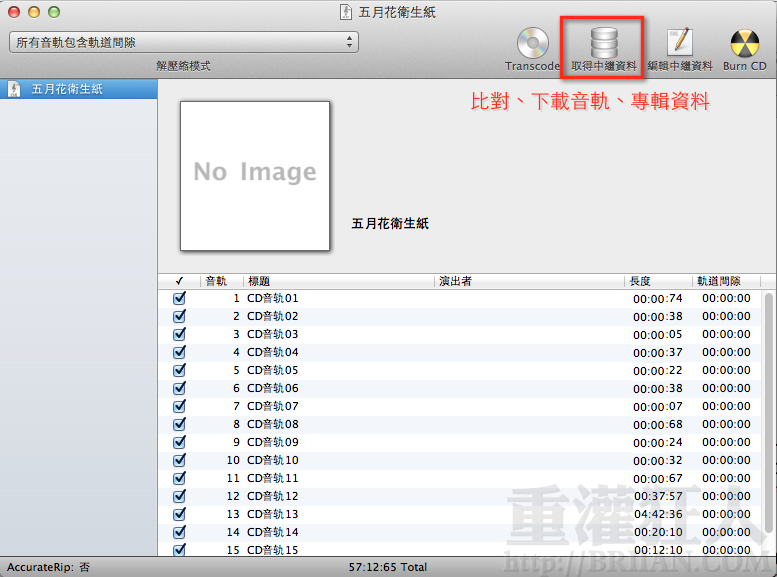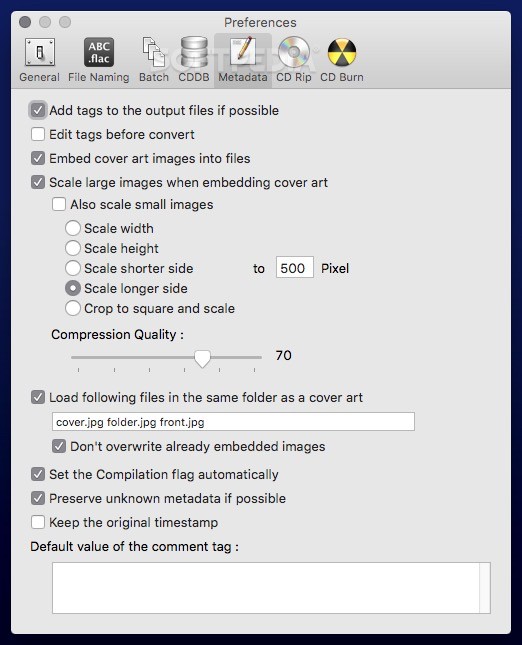

AAC is a lossy format, but nearly as lossy as mp3. Part of the reason AAC sounds better than mp3 is it has superior audio spectrum.

But it was long ago discovered that the original thinking was flawed because it doesn't take into spacial characteristics (sound stage) and high frequency harmonic distortion, etc. For that reason mp3 filters everything above 20kHz. Granted, the human ear can't hear above 20kHz anyway, and that was the original rational used by the standards bodies when they came up with mp3 in 1993 in the first place. If you plot spectrum of the vast majority of iTunes Store purchases you'll find that the spectrum extends to a minimum of 21kHz, and many extend to 22kHz. The conversion with MH yields results which would lead one to believe it's actually using an mp3 codec instead of AAC, with the sharp 20kHz cutoff characteristic of mp3. True to form, XLD yields audio spectrum results that are as close to the original flac as one could hope for (btw, this is only possible if you compress to AAC - mp3 isn't capable of that). For comparison I use Spek, as well as the Plot Spectrum feature in Audacity. I was recently asked my opinion of MediaHuman Audio Converter for compressing flac to AAC/m4a. I've come to depend on it for yielding the best possible audio results. (iTunes can rip audiobooks CDs, but can’t alter the speed or rip multiple CDs to a single file.I'm a long-time and regular user of XLD and have come to appreciate its features and versatility. The app then stitches the files together, so you have a single file for your audiobook.

If you choose the first option-multiple CDs to a single file-Toast prompts you to insert the discs in order as it finishes ripping each. It also records chapter breaks for each individual file on each CD. You can choose to have the files added to your iTunes library), as bookmarkable. Toast presents a Save dialog box, and lets you save multiple CDs to a single file, multiple CDs to multiple files (one file per CD), or a single CD to a single file (if your book is only one CD. Insert a CD, then click the big red button to start ripping. There you can choose from three different qualities-Good (32 kbps), Better (64 kbps), or Best (128 kbps)-alter the playback speed if the narration is too slow or too fast, and choose to can convert stereo to mono to save space. Launch Toast, click the Convert tab (the last of the five tabs in the sidebar), and click Audiobook. Or maybe you want Apple Lossless in iTunes for home listening, and AAC files to sync to your iPhone or iPod. While this process takes a bit longer than a normal rip, you might want to use this if you want both lossless files for your archives, and AAC or MP3 files to use with iTunes. Phile Audio does this multiple conversion by first ripping the files in AIFF format, then converting them to your selected formats. But where it stands out is in its ability to rip to multiple formats simultaneously, and even use multiple CD drives, if you have more than one. And it can search for and add album art to your files. Like XLD, it can access the FreeDB database, but it can also get track information from iTunes. It can convert CDs to the usual suspects-AAC, MP3, Apple Lossless, AIFF and WAV-but it can also rip to FLAC (Free Lossless Audio Codec) and Ogg Vorbis (which XLD can do as well). Phile Audio offers a number of interesting features. ITunes supports ripping to a number of different audio formats, but it can’t handle everything. XLD’s interface for ripping CDs is Spartan, but it does the job.


 0 kommentar(er)
0 kommentar(er)
